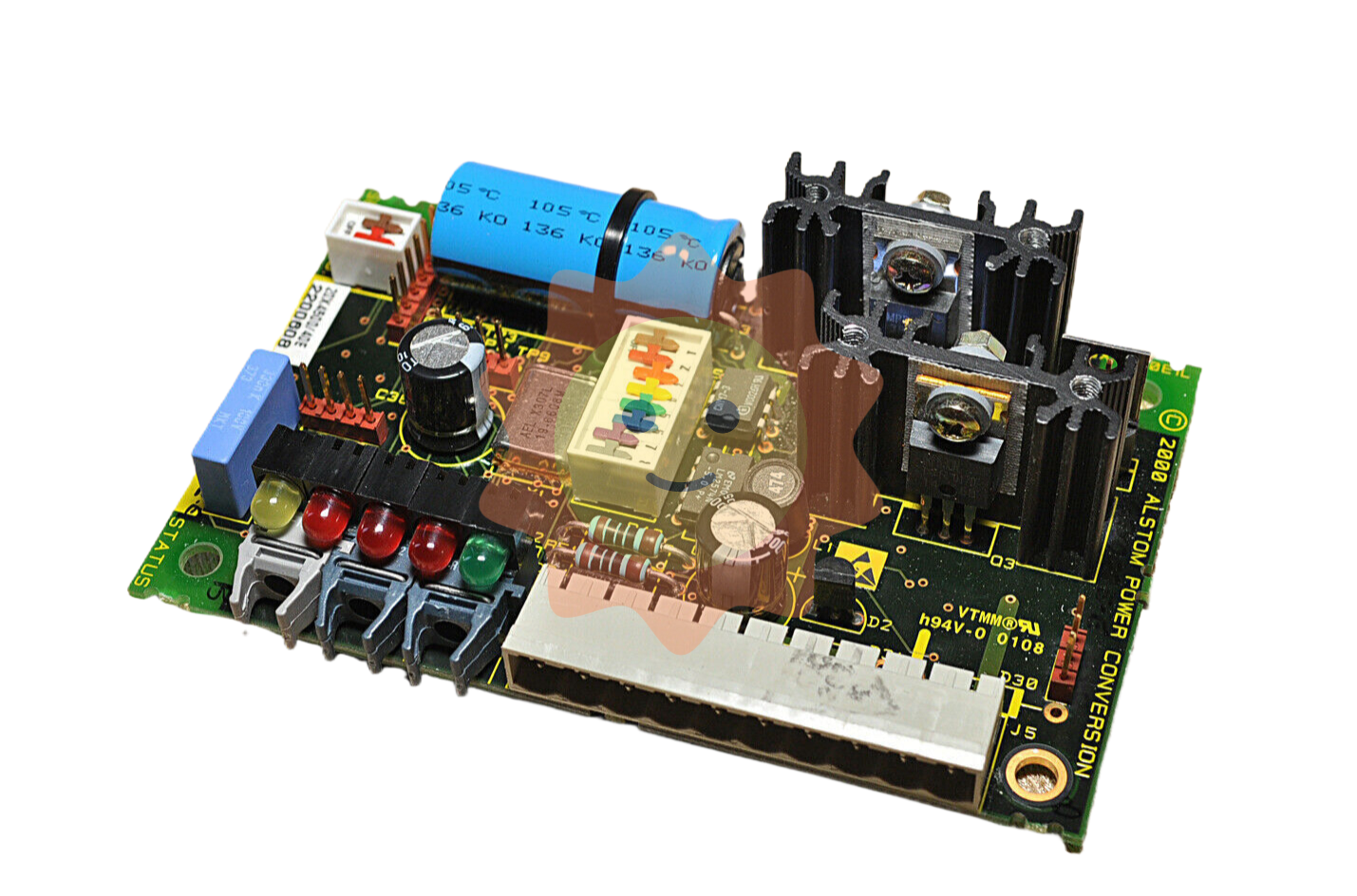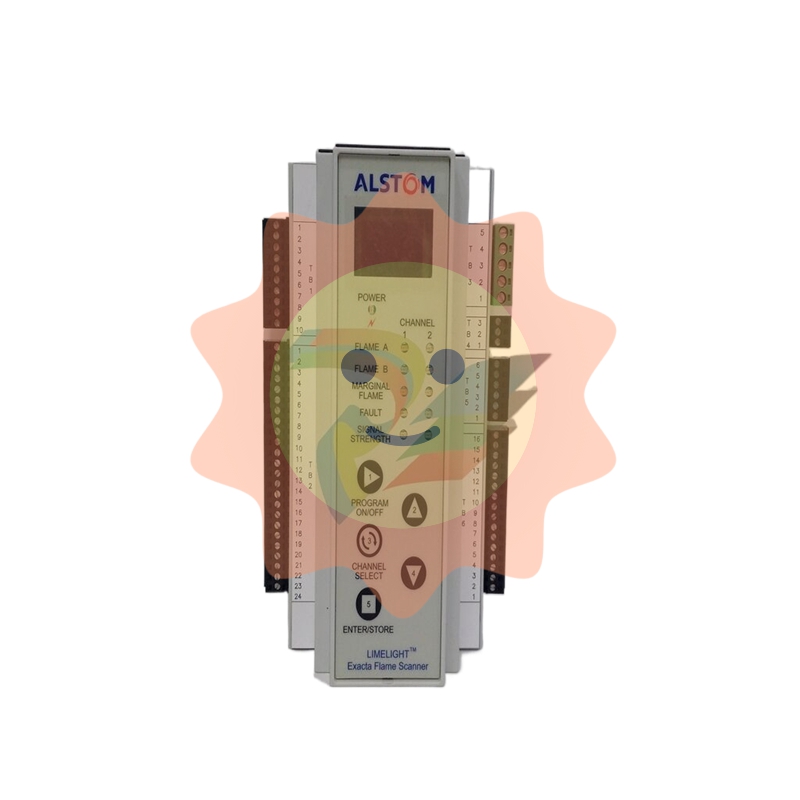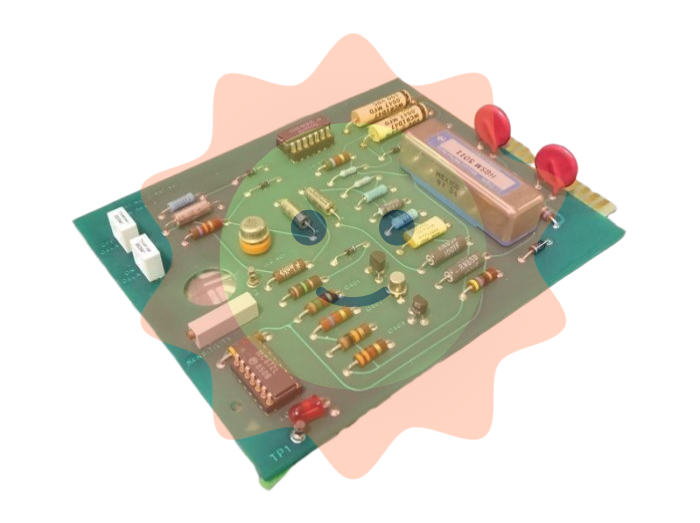Current situation and future development trend of hydrogen technology
one Hydrogen energy background and significance
Looking back at the forms of energy consumed by human beings, such as drilling wood for fire in ancient times, coal used in the farming era, oil and natural gas applied on a large scale in the industrial era, people continue to develop and use new clean energy, compared with solar, wind and water energy is usually limited by geographical location and season, and nuclear energy leakage will also bring serious environmental problems. Hydrogen energy enters people's vision due to its advantages of high combustion calorific value, sustainability, abundant reserves and zero pollution, and the development of hydrogen energy can achieve real green, clean and sustainable development. At present, China's carbon peak, carbon neutral development goal proposed, will further speed up the process of carbon reduction. Hydrogen is gaining more and more attention as a zero-carbon energy carrier: 20% of the world's CO2 emissions can be replaced by hydrogen in 2050, and hydrogen consumption will account for 18% of the world's energy market.
The national key research and development Plan in 2021 launched the implementation of the "hydrogen energy technology" key special project, the goal is to energy revolution, transportation power and other major needs as traction, by 2025 to achieve China's hydrogen energy technology research and development level into the international advanced ranks, the key industrial chain technology independent and controllable, describing the goal vision of China's hydrogen energy industry development technology path. In the "Hydrogen energy Technology" key special guide, 19 guide tasks such as "photovoltaic/wind power and other wave power electrolytic hydrogen production materials and process basis" are planned to be launched around the four technical directions of hydrogen energy green production and scale transfer storage system, hydrogen energy safe storage and rapid transmission and distribution system, hydrogen energy portable transformation and efficient power system, and comprehensive demonstration of "hydrogen into 10,000".

two Upstream hydrogen production technology route
Although hydrogen is the most abundant element on Earth, the free hydrogen in the natural state is relatively scarce, so a certain hydrogen production technology is needed to prepare hydrogen from hydrogen-containing raw materials on a large scale to meet the growing demand for hydrogen. At present, the main hydrogen production technology routes are as follows:
1. Hydrogen production from fossil energy reforming
At present, the most common method of hydrogen production in China is the chemical reforming technology of fossil fuels based on coal and natural gas. Coal hydrogen production is mainly divided into two ways: coal coking and coal gasification. Coal gasification technology to produce hydrogen is one of the most important methods of hydrogen production in China. Coal gasification to produce hydrogen is to gasification coal and gasification agent under certain conditions of temperature, pressure and other conditions under biochemical reaction and gasification into gaseous products with hydrogen and CO as the main components, and then through CO transformation, separation, purification and other processing to obtain a certain purity of product hydrogen, the technology is mature and efficient. Lower cost; Natural gas hydrogen production technology mainly includes: steam conversion method, partial oxidation method, catalytic cracking method, methane autothermal catalytic reforming method, etc., of which steam conversion hydrogen production is more mature, and it is also widely used in other countries. However, the hydrogen production technology of fossil energy reforming consumes limited reserves of fossil fuels, which can not get rid of the dependence on traditional energy sources, and will also cause environmental pollution.
2. Electrolysis of water to produce hydrogen
Water electrolysis hydrogen production technology mainly includes alkaline water electrolysis cell (ALK), proton exchange membrane water electrolysis cell (PEM) and solid oxide water electrolysis cell (SOEC). So far, the industrial large-scale electrolysis water hydrogen production is basically the use of alkaline water electrolytic cell hydrogen production technology, but its power consumption is large, the cost of hydrogen production is high.
Proton exchange membrane water electrolyzer (PEM) : No liquid electrolyte is required, which greatly simplifies the design process. The electrolyte is acidic polymeric film. The main disadvantage of this technology is the limited life of the diaphragm. Unlike alkaline electrolysis, thin film electrolysis is safer because there is no electrolyte (due to higher density and higher operating pressure, more rigorous design is required). Due to the high relative cost, small capacity, low efficiency and short service life, the thin film electrolysis method is not as mature and available as the alkaline electrolysis method, and further improvements in raw materials and battery stack design are needed to improve performance.
Solid oxide water electrolyzer (SOEC) : The high temperature electrolysis method is based on high temperature fuel cell technology and is the reverse application of solid oxide fuel cell (SOFC). A typical technique is a solid oxide cell. The operating temperature of the solid electrolyte high temperature water vapor electrolyzer is about 1000℃, which is composed of a porous anode, cathode, solid electrolyte and connecting materials. The solid electrolyte is usually composed of yttrium-doped zirconia ceramics. When 1000℃ high temperature water vapor passes through the cathode plate, it is dissociated into hydrogen and oxygen ions, and oxygen ions pass through the cathode plate, and the solid electrolyte reaches the anode, where it loses electrons to generate oxygen.
At present, the hydrogen production technology of alkaline water electrolyzer (ALK) in China is mature and has a high market share, but there is still a certain gap with foreign countries in important technical indicators such as hydrogen production efficiency. Proton exchange membrane water electrolyzer (PEM) technology is just starting, performance, especially life is still lack of market verification, overall behind Europe and the United States.
In addition, it is worth mentioning that in recent years, the new mechanism of "liquid sunlight" energy conversion and utilization led by the team of academician Li Can of the Dalian Institute of Chemical Physics of the Chinese Academy of Sciences has gradually moved from basic research to preliminary industrial scale production. "Liquid sunlight" uses electricity generated by renewable energy sources such as solar energy to electrolyze water to produce "green" hydrogen energy, and uses the resulting hydrogen to hydrogenate carbon dioxide to produce liquid fuels such as "green" methanol. At present, the world's first large-scale (kiloton) synthetic green methanol demonstration plant has been first tested in the Green Chemical Industry Park in Lanzhou New District, Gansu Province, providing a new way from renewable energy to green liquid fuel methanol production.

3. Biological hydrogen production
Biological hydrogen production method is based on biological active enzyme catalysis as the main mechanism to decompose organic matter and biomass hydrogen production, its main advantages are wide sources and no pollution, the reaction environment is normal temperature and pressure, low production costs, completely subvert the traditional energy production process. At present, the commonly used biological hydrogen production methods can be summarized into four kinds: photolytic water, light fermentation, dark fermentation and light-dark fermentation coupling hydrogen production.
There are some problems in the field of biological hydrogen production that limit its industrial development: (1) Although hydrogen production by dark fermentation is stable and fast, it is limited by feedback inhibition due to the accumulation of volatile acids. (2) The low efficiency of light energy conversion is the main limiting factor in the production of hydrogen from microbial photolysis water. By means of genetic engineering, it is of great significance to obtain hydrogen production strains with higher light energy conversion efficiency through modification or mutagenesis. (3) There were significant differences in growth rate and acid tolerance between the two types of bacteria in light-dark coupled fermentation for hydrogen production. The acid production rate of dark fermentation process is fast, which reduces the pH value of the system, thus inhibiting the growth of hydrogen production bacteria by light fermentation, and reducing the hydrogen efficiency of the whole system. How to remove the product inhibition between the two types of bacteria and achieve mutualism is an urgent problem to be solved.
4. Hydrogen production from industrial by-product gas
The development space of industrial by-product hydrogen production is large, which can improve the efficiency of resource utilization and economic benefits while reducing air pollution. At the same time, China produces a large amount of coke oven gas from coke, the annual output is basically stable between 30 million and 35 million tons of caustic soda synthesis gas, methanol and synthetic ammonia industry, propane dehydrogenation project synthesis gas for industrial by-product purification of hydrogen to provide a large number of raw materials, and purification costs are low.
The technical difficulty of obtaining fuel hydrogen is mainly purification, 99.999% of industrial high purity hydrogen is difficult to meet the requirements of fuel hydrogen for trace impurities. In terms of hydrogen purity, 99.99% of high-purity hydrogen can meet the requirements of 99.97% of fuel hydrogen, but the difficulty lies in the trace impurities in hydrogen, especially CO≦0.2ppm is 99.99% of industrial pure hydrogen or even 99.999% of industrial high-purity hydrogen is difficult to achieve. Industrial hydrogen focuses on hydrogen purity, while fuel hydrogen focuses on specific impurity content. CO is the most difficult to deal with impurities contained in hydrogen, trace CO will lead to the toxic inactivation of fuel cell catalyst Pt, in order to meet the requirements of CO≦0.2ppm, it is necessary to remove impurities such as N2 and Ar, which are not high in the content of fuel hydrogen, to a very low level, the result is the loss of yield resulting in an increase in the cost of fuel hydrogen.
5. Hydrogen production from renewable energy sources
In the hydrogen production route, the gradual transition from fossil energy to renewable energy hydrogen production, large-scale low-cost hydrogen is the key, the use of renewable energy hydrogen production technology has attracted much attention in recent years, research results and demonstration projects are also emerging (Table 1). "Renewable energy + hydrolysis hydrogen production" has great potential, green environmental protection, high value oxygen by-product, and can effectively absorb wind power, photovoltaic power generation and other instability, to achieve surplus trough energy storage, the future "renewable energy + hydrolysis hydrogen production" is expected to become a large-scale hydrogen production trend.

Three. Midstream storage and transportation of hydrogen
1.Hydrogen storage technology
At present, the main hydrogen storage materials and technologies are high-pressure gas hydrogen storage, liquid hydrogen storage, solid hydrogen storage and so on.
High pressure gas hydrogen storage: with the advantages of fast hydrogen charging and discharging speed, simple container structure, etc., it is the main hydrogen storage method at this stage, which is divided into two categories: high pressure hydrogen bottle and high pressure container. Among them, steel hydrogen cylinder and steel pressure vessel technology is the most mature, and the cost is low. The development and application of carbon fiber wound high pressure hydrogen cylinder has realized the transformation of high pressure gas hydrogen storage from stationary application to vehicle hydrogen storage application. At present, the most commonly used gaseous hydrogen storage tank is steel tank, and the future research focus is to use high-pressure lightweight composite tank and glass microsphere to store hydrogen.
The research focus of hydrogen storage in composite tank is: (1) Using new technology to study the mechanical properties of brittle materials; (2) Enhance material performance and reduce material cost, especially carbon fiber; (3) The development of efficient, clean (oil-free) 1000 bar compression tanks (practical hydride compression tanks using solar energy or waste heat can be considered); (4) Technology for recovering compressed energy during vehicle operation.
The research and development of hydrogen storage in glass microspheres focuses on: (1) developing glass microspheres with stronger performance; (2) Develop special low-cost production technology; (3) Develop coating technology with optimal hydrogen permeability; (4) Develop penetration control technology through other heating methods (e.g. magnetic, electrical, microwave).
Liquid hydrogen storage: can be divided into low temperature liquid hydrogen storage and organic liquid hydrogen storage, with high hydrogen storage density advantage. Low temperature liquid hydrogen storage cooling hydrogen to -253℃, liquefied storage in low temperature adiabatic liquid hydrogen tank, hydrogen storage density up to 70.6kg/m3, but the liquid hydrogen device one-time investment is large, high energy consumption in the liquefaction process. Domestic liquid hydrogen has been successfully used in space engineering. Organic liquid hydrogen storage uses some unsaturated organic compounds (such as olefins, alkynes or aromatic hydrocarbons) to perform reversible hydrogenation and dehydrogenation reactions with hydrogen to achieve hydrogen storage. The organic hydrides formed after hydrogenation have stable properties and high safety, and the storage mode is similar to that of petroleum products. However, there are some problems such as high reaction temperature, low dehydrogenation efficiency, and the catalyst has been poisoned by intermediate products. At present, the most promising storage methods for liquid hydrogen are: ultra-low temperature liquid hydrogen, NaBH4 solution and organic liquid.
The main research and development priorities of ultra-low temperature liquid hydrogen are: (1) the development of more efficient liquefaction methods (hydride compressors, magnetic and sonic cooling, etc.); (2) Reduce costs and improve insulated containers; (3) Develop automatic capture gasification fuel reliquefaction system.
The research and development focus of NaBH4 solution is (1) to study how to achieve the ideal energy density (10.9wt.%) by optimizing the water required for the reaction, and to develop methods for obtaining water from fuel cells; (2) To develop feasible NaBO2 transfer, regeneration and replacement methods; (3) Develop a direct borohydride fuel cell.
The research and development of organic liquids focuses on: (1) the development of organic systems that can dehydrogenate at low temperatures and produce hydrogen at feasible pressures; (2) To develop the best metal dehydrogenation catalysts and on-board systems; (3) Research and development of rehydrogenation process.
Solid hydrogen storage: metal hydride, chemical hydride or nanomaterials are used as hydrogen storage carriers, and hydrogen storage is achieved by chemical adsorption and physical adsorption. Solid hydrogen storage has the advantages of high hydrogen storage density, low hydrogen storage pressure, good safety and high purity of hydrogen discharge, and its volume storage density is higher than that of liquid hydrogen. However, the hydrogen storage rate in the mainstream metal hydrogen storage materials is still lower than 3.8wt%, and the lightweight hydrogen storage materials with a weight hydrogen storage rate greater than 7wt% still need to solve the problems of high hydrogen absorption and discharge temperature and poor cycling performance. Foreign solid-state hydrogen storage has been commercially applied in fuel cell submarines, demonstrated in distributed power generation and wind power hydrogen storage scale, and domestic solid-state hydrogen storage has been demonstrated in distributed power generation.
2. Hydrogen transport technology
Hydrogen transport is similar to the storage of hydrogen and can be divided into gas, liquid and solid transport.
Gaseous transport: divided into long tube trailer and pipeline transport two ways. High pressure long tube trailer is an important way of hydrogen near transport, the technology is more mature, domestic often 20MPa long tube trailer to transport hydrogen, bicycle hydrogen about 300 kg, foreign is the use of 45MPa fiber fully wrapped high pressure hydrogen bottle long tube trailer to transport hydrogen, bicycle hydrogen can be increased to 700 kg. Pipeline transportation is more suitable for large-scale and long-distance transportation of hydrogen, and the operating pressure is generally 1.0-4.0MPa, which has the advantages of large hydrogen transport, small energy consumption and low cost, but the one-time investment of the pipeline is large.
Liquid transport: It is usually suitable for occasions where the distance is far and the transportation volume is large. The use of liquid hydrogen storage and transportation can reduce the frequency of vehicle transportation and improve the single-station supply capacity of hydrogen refueling station. Japan and the United States have used liquid hydrogen tank trucks as one of the important ways to transport hydrogen at hydrogen refueling stations. There is no civil liquid hydrogen transport case in our country.
Solid state transport: lightweight hydrogen storage materials (such as magnesium based hydrogen storage materials) have high volume hydrogen storage density and weight hydrogen storage rate, and have great potential as hydrogen transport devices.
At present, the demonstration application of hydrogen energy in China is mainly around the industrial by-production hydrogen and renewable energy hydrogen production area (less than 200 kilometers), and hydrogen energy storage and transportation are mainly in high-pressure gaseous mode. The White Paper on China's hydrogen energy and fuel cell Industry is expected that in the medium term of hydrogen energy market development in 2030, vehicle hydrogen storage will be mainly gaseous and low-temperature liquid, and a variety of hydrogen storage technologies will cooperate with each other. The transportation of hydrogen will be done through a combination of high-pressure, liquid hydrogen tanks and pipeline transportation.

Four. Downstream hydrogenation and terminal applications
1. Hydrogenation infrastructure
Hydrogenation infrastructure is the central link of hydrogen energy utilization and development, and is a special place for fuel cell vehicles. Hydrogen from different sources is pressurized by hydrogen compressor, stored in high-pressure storage tanks, and then filled with hydrogen for hydrogen fuel cell vehicles through hydrogen filling machines. As a very key part of the hydrogen energy strategy, the hydrogen refueling station radiates the surrounding area with its hydrogen fuel reserve, so that the vehicle can replenish energy in time and form a good cycle, in order to promote the development of fuel cells. According to the data of the China Hydrogen Energy Alliance, by the end of 2020, China has built 127 hydrogen refueling stations in operation, and 61 new ones have been added, significantly exceeding the 100 target planned in the "Energy-saving and New Energy Vehicle Route".
Hydrogen refueling station has three core equipment, hydrogen compressor, hydrogen storage system (domestic currently are high-pressure hydrogen storage system) and hydrogen filling machine
- EMERSON
- Honeywell
- CTI
- Rolls-Royce
- General Electric
- Woodward
- Yaskawa
- xYCOM
- Motorola
- Siemens
- Rockwell
- ABB
- B&R
- HIMA
- Construction site
- electricity
- Automobile market
- PLC
- DCS
- Motor drivers
- VSD
- Implications
- cement
- CO2
- CEM
- methane
- Artificial intelligence
- Titanic
- Solar energy
- Hydrogen fuel cell
- Hydrogen and fuel cells
- Hydrogen and oxygen fuel cells
- tyre
- Chemical fiber
- dynamo
- corpuscle
- Pulp and paper
- printing
- fossil
- FANUC
- Food and beverage
- Life science
- Sewage treatment
- Personal care
- electricity
- boats
- infrastructure
- Automobile industry
- metallurgy
- Nuclear power generation
- Geothermal power generation
- Water and wastewater
- Infrastructure construction
- Mine hazard
- steel
- papermaking
- Natural gas industry
- Infrastructure construction
- Power and energy
- Rubber and plastic
- Renewable energy
- pharmacy
- mining
- Plastic industry
- Schneider
- Kongsberg
- NI
- Wind energy
- International petroleum
- International new energy network
- gas
- WATLOW
- ProSoft
- SEW
- wind
- ADVANCED
- Reliance
- YOKOGAWA
- TRICONEX
- FOXBORO
- METSO
- MAN
- Advantest
- ADVANCED
- ALSTOM
- Control Wave
- AB
- AMAT
- STUDER
- KONGSBERG
- MOTOROLA
- DANAHER MOTION
- Bentley
- Galil
- EATON
- MOLEX
- Triconex
- DEIF
- B&W


email:1583694102@qq.com
wang@kongjiangauto.com

















































